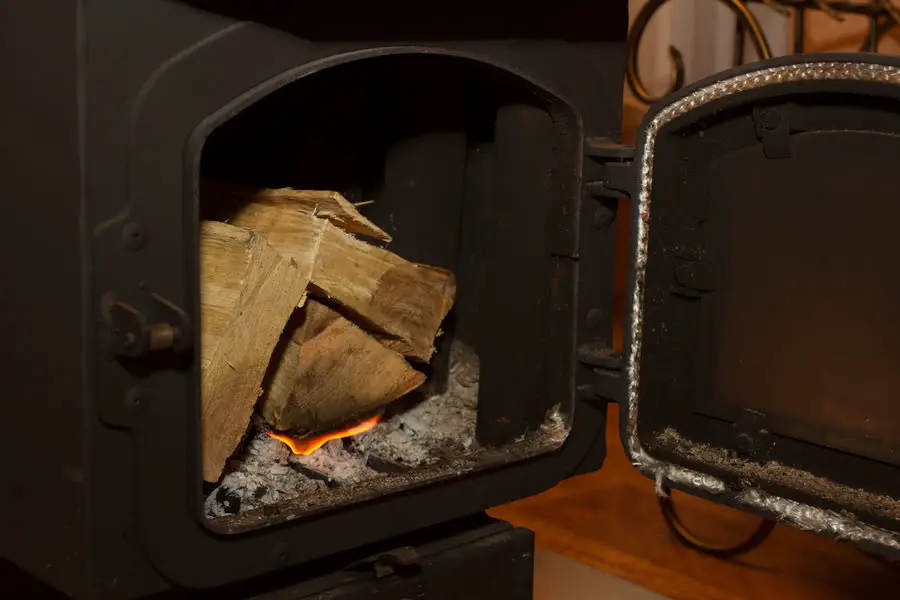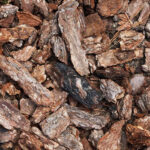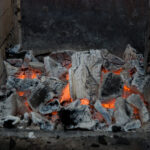Wood stoves are incredibly useful appliances; they offer all of the utility of a stove, with all of the comfort and charm of a campfire. Even though they are widely used among outdoor hobbyists, they aren’t too popular in mainstream media.
Due to this, many people as the question: do you need a permit for a wood stove? In short, the answer is yes, however, the process may be less complicated than you think.
Most of the permits and requirements for stoves are in the name of protecting you and the environment. Let’s take a look at exactly what you may need in order to use a wood stove.
Table of Contents
- What Permit Is Required For a Wood Stove?
- Can Wood Stoves Be Installed In Any House?
- Permitting Process For Outdoor Fires
What Permit Is Required For a Wood Stove?
In order to do many things that have the potential to harm the environment, you need a permit.
In the last 20 years, with the increase in forest fires across the US, firefighters have grown increasingly strict in their requirements for burning permits. This especially applies to campfires in the wild.
When you burn wood using a wood stove, the process is very different, as it occurs in a confined, controlled space. Unlike a campfire or a bonfire, wood stoves are almost always supervised and don’t really have the ability to spread.
Due to the differences between wood stoves and other sources of fire, you normally only need one permit at the initial installation to prove it’s safe for use.

After this, every use of the wood stove is covered. If you installed a new wood stove, you would then need to acquire a new permit.
Otherwise, you can use your wood stove anytime without needing a new permit.
If you need a permit for every time you used your wood stove, and if you use your stove daily due to the extremely cold temperatures in your area, getting a permit every day would be both unpracticable and inefficient.
In most places, permits are required for the initial installation of a wood stove, oil furnace, or any other form of heating equipment. When a stove is installed, it should be inspected and permitted by the fire department.
Once this initial permit is complete, no further permits are needed.
Regardless of the permitting process, you should always be following safety rules when around your wood stove. For instance, you may want to be deliberate and cautious when leaving your stove unattended.
Can Wood Stoves Be Installed In Any House?
Wood stoves can be installed in any home and may reduce energy costs. However, there are certain steps that you must take before installing a wood stove in your home:
- Be sure that there’s a chimney for the smoke to go outside.
- Check with your local city authorities if your home doesn’t have an existing chimney, and you need to build one. You’ll need a permit to build one, as you’re changing the existing structure.
- Keep the flue to the rear of the building rather than the front, if the permit specifies this.
Unlike a fireplace or hearth, wood stoves can heat more than just one room, and depending on your home’s setup, you might even be able to use a wood stove to heat your entire house.
You can use a wood stove even if you have another type of heating unit in your home. Many homes use both a wood stove and an oil furnace in order to heat their homes in an energy and cost-efficient way.
Additionally, you don’t need any permission to install a wood stove in your home. While you need to get a permit for installation, you rarely need to make anyone aware of your plans to install a wood stove.
However, if it appears that you are violating clean air laws, you can be subject to investigations.
If you installed a wood stove in your house and it is producing too much dust, you may want to look into some methods to reduce the amount of dust and ash that it is kicking into the air.
Permitting Process For Outdoor Fires
While you don’t need a special permit for a wood stove after installation, this rule doesn’t apply to fires across the board. In most cases, you need to be granted a permit if you want to have an outdoor fire.
Each location may have a different permitting process. For instance, New Hampshire may have different outdoor permitting rules as compared to Washington state.
The general rule is that for every open fire outdoors, such as a campfire, bonfire, or controlled burn, you need to have a fire permit. Further, there are times when fire permits may not be offered because of how dry the ground is.
In many places, if fire danger is high or very high, no fire permits will be granted.
There are some exceptions to this rule, however. If there is snow on the ground or it’s actively rainy, in some places, you don’t need a fire permit.
Further, if you are building a fire to sustain life, such as when you’re lost in the woods and need a fire to survive, you aren’t required to have a fire permit.
However, please ensure you follow proper safety precautions when building a fire in the woods.
These exceptions are often heavily monitored and do not apply in every place, however. Be sure to check with local fire officials to see if you need a fire permit every time you plan on building a fire.





